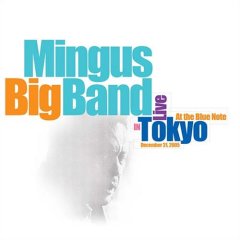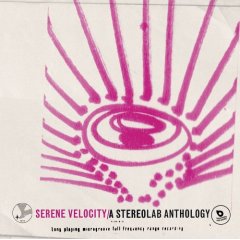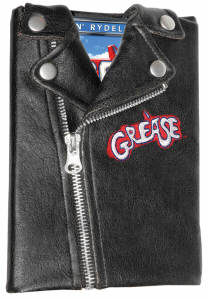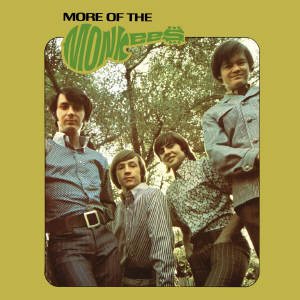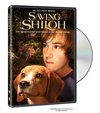
Written by Fantasma el Rey
Director Sturla Gunnarsson brings to life Beowulf & Grendel, one of the earliest Anglo-Saxon epic poems. Rather than a literal adaptation, he presents us a story that could have inspired the myth. The film traces the poem as it progresses and many familiar scenes are brought to life with an added air of truth and reality. Some scenes add more depth to the story, as do certain characters; the best being the somewhat-mad, Christian priest, who gains converts throughout the film, including Danish King Hrothgar, who Beowulf and his fellow Geats have come to help. By the end, a few of Beowulf’s men have converted and we see how the Christian faith came to be a part of this heroic tale. On the other hand, we have Selma the witch, who can be seen as a link to Grendel as well as to the old gods of the land.
Beowulf & Grendel opens with a prologue as to why Grendel hates the Danes; his father was killed as a very young Grendel looked on. Throughout the film Beowulf has to put this story together for himself, with the aid of Selma. Along the way he draws his own conclusions and can see that Grendel’s fight is not with him and that is why Grendel will not fight Beowulf or his men. As Beowulf learns more, he seems less enthused about fighting Grendel, although while trying to accomplish their task to rid Daneland of this evil they bring Grendel’s wrath down upon themselves.
Yet, even the death of Grendel seems less at the hands of Beowulf and more Grendel’s own doing. Grendel’s death is a good example of clearing away the myth; we get a more realistic take on how this encounter between these two warriors might have ended. The poem has Beowulf’s grip so powerful that he just rips off Grendel’s arm but here we have Beowulf tying his arm in an effort to capture him. As Grendel makes his leaping escape from the top of the mead hall, he becomes trapped and like a caught animal hacks his own arm off rather than be taken alive.
Now the death of Grendel’s sea hag mother is truly at the hands of our hero, and even with this myth-buster approach to the story, it seems unrealistic. It’s one of the only aspects of the film that doesn’t jive so well, along with Sarah Polley as Selma the witch. She’s not bad, but her voice is out of place with this cast of European-born, heavy-accented actors. I find the sea hag monster unbelievable where the forgotten Neanderthal view of Grendel the troll makes more sense. With no computer graphics, the special effects costumes, at times, look a bit hokey.
We see events through Beowulf’s reasonable eyes and learn how some things a hero must do aren’t always justified. His struggle is what makes for a fascinating watch. Gerard Butler as Beowulf does a fine job making a very believable hero in a time of change. The film also gives us a good look at Beowulf and his Geat pals’ camaraderie, as we see them laugh and enjoy themselves like boys on an adventure. At times, Beowulf & Grendel is intentionally comical, with scenes very reminiscent of Monty Python and the Holy Grail, making the film much more entertaining. In some of the deleted scenes we can see more of that comic, playful side to these men.
In the audio commentary and the “Wrath Of Gods” short featurette from the documentary on the making of Beowulf & Grendel, we learn of the harsh weather conditions in this beautiful land and the effect it had on the shooting of this film. Many times production was almost stopped due to extremely high winds and hard falling rain. No one was seriously hurt, but some equipment and a few vehicles where damaged. Thankfully the film was finished and we get to see another attempt to put Beowulf on film in a somewhat factual manner, much the way Michael Crichton tired to do with his book Eaters of The Dead, which was made into The 13th Warrior staring Antonio Banderas.
